N2 PSA Gas Generator
Pressure Swing Adsorption [PSA] Technology
Pressure Swing Adsorption (PSA) is a technology that can separate the desired gas compounds by using the difference of adsorption force of the individual crystals of gas from Molecular Sieve. In other words, adsorption may be defined as binding the gas molecules to the Adsorbent that is a solid substance through the suction force of the molecule.
A PSA system can separate the gas compounds by using the difference of adsorption force presented by the various chemical compounds or each individually. In the gas separation process, the compressed air passes through the Molecular Sieve layer composed of crystals with micro pores and the gases to be adsorbed becomes adsorbed by the adsorbent while the gas to be separated passed through the layer freely. The PSA Nitrogen Generator with the adsorbent called CMS (Carbon Molecular Sieve) phases in the compressed air filled with two or more adsorption towers that are moisture controlled, progresses the following steps that are repeated: compression → adsorption → decompression → purge to continuously produce the high purity Nitrogen.

Carbon Molecular Sieve [Adsorption Principle]
CMS is a 4Å crystal structure with a great number of micro pores made from the bark of a palm tree. Derived from the difference in diameter as the outer diameter of the Oxygen is 3.8Å while the outer diameter of the Nitrogen is 4.2Å, the adsorption of Oxygen which takes a shorter amount of time is understandably used. Moreover, the product that can maintain a certain compressive strength and a uniform pore structure must be selected in order to produce high purity Nitrogen.


Performance Table For P.S.A. Nitrogen Gas Generator
| Model | NITROGEN CAPACITY (NM3/Hr) | |||||||
| 95% | 97% | 98% | 99% | 99.50% | 99.90% | 99.99% | 99.999% | |
| WHN-1B | 5.9 | 4.6 | 4.1 | 3.3 | 2.8 | 1.8 | 1 | 0.5 |
| WHN-2B | 11.8 | 9.2 | 8.3 | 6.6 | 5.6 | 3.6 | 2 | 0.9 |
| WHN-3B | 17.6 | 13.6 | 12.3 | 9.7 | 8.2 | 5.4 | 3 | 1.4 |
| WHN-4B | 23.7 | 18.4 | 16.6 | 13.1 | 11.1 | 7.3 | 4 | 1.8 |
| WHN-5B | 29.3 | 22.7 | 20.5 | 16.2 | 13.7 | 9 | 5 | 2.3 |
| WHN-6B | 35.5 | 27.6 | 24.8 | 19.7 | 16.7 | 10.9 | 6 | 2.7 |
| WHN-7B | 42 | 32 | 29 | 23 | 20 | 13 | 7 | 3.2 |
| WHN-8B | 47 | 37 | 33 | 26 | 22 | 15 | 8 | 3.6 |
| WHN-9B | 53 | 41 | 37 | 29 | 25 | 16 | 9 | 4.1 |
| WHN-10B | 59 | 46 | 41 | 33 | 28 | 18 | 10 | 4.5 |
| WHN-12B | 71 | 55 | 50 | 39 | 33 | 22 | 12 | 5.5 |
| WHN-15B | 89 | 69 | 62 | 49 | 42 | 27 | 15 | 6.8 |
| WHN-20B | 118 | 92 | 83 | 65 | 55 | 36 | 20 | 9.1 |
| WHN-22B | 130 | 101 | 91 | 72 | 61 | 40 | 22 | 10 |
| WHN-25B | 148 | 115 | 103 | 82 | 69 | 45 | 25 | 11.4 |
| WHN-30B | 177 | 138 | 124 | 98 | 83 | 55 | 30 | 13.6 |
| WHN-40S | 237 | 184 | 166 | 131 | 111 | 73 | 40 | 18.2 |
| WHN-50B | 295 | 230 | 207 | 164 | 139 | 91 | 50 | 22.7 |
| WHN-60S | 355 | 275 | 248 | 196 | 166 | 109 | 60 | 27.3 |
| WHN-70S | 414 | 321 | 290 | 229 | 194 | 127 | 70 | 31.8 |
| WHN-80S | 473 | 367 | 331 | 262 | 222 | 145 | 80 | 36.4 |
| WHN-90S | 532 | 413 | 372 | 295 | 250 | 164 | 90 | 40.9 |
| WHN-100S | 591 | 459 | 414 | 327 | 277 | 182 | 100 | 45.5 |
| WHN-150S | 886 | 689 | 620 | 491 | 416 | 273 | 150 | 68.2 |
| WHN-200S | 1182 | 918 | 827 | 655 | 555 | 364 | 200 | 90.9 |
| WHN-250S | 1477 | 1148 | 1034 | 818 | 693 | 455 | 250 | 113.6 |
| WHN-300S | 1773 | 1377 | 1241 | 982 | 832 | 545 | 300 | 136.4 |
| WHN-400S | 2364 | 1836 | 1654 | 1309 | 1109 | 727 | 400 | 181.8 |
| WHN-500S | 2955 | 2295 | 2068 | 1636 | 1386 | 909 | 500 | 227.3 |
| WHN-600S | 3545 | 2754 | 2482 | 1964 | 1664 | 1091 | 600 | 272.7 |
| Calculation of the compressed air requirements | ||||||||
| N2 Purity | 95% | 97% | 98% | 99% | 99.50% | 99.90% | 99.99% | 99.999% |
| Air Factor | 1.8 | 2.1 | 2.2 | 2.45 | 2.7 | 3.6 | 5 | 9 |
N2 PSA Gas Generator Structure System



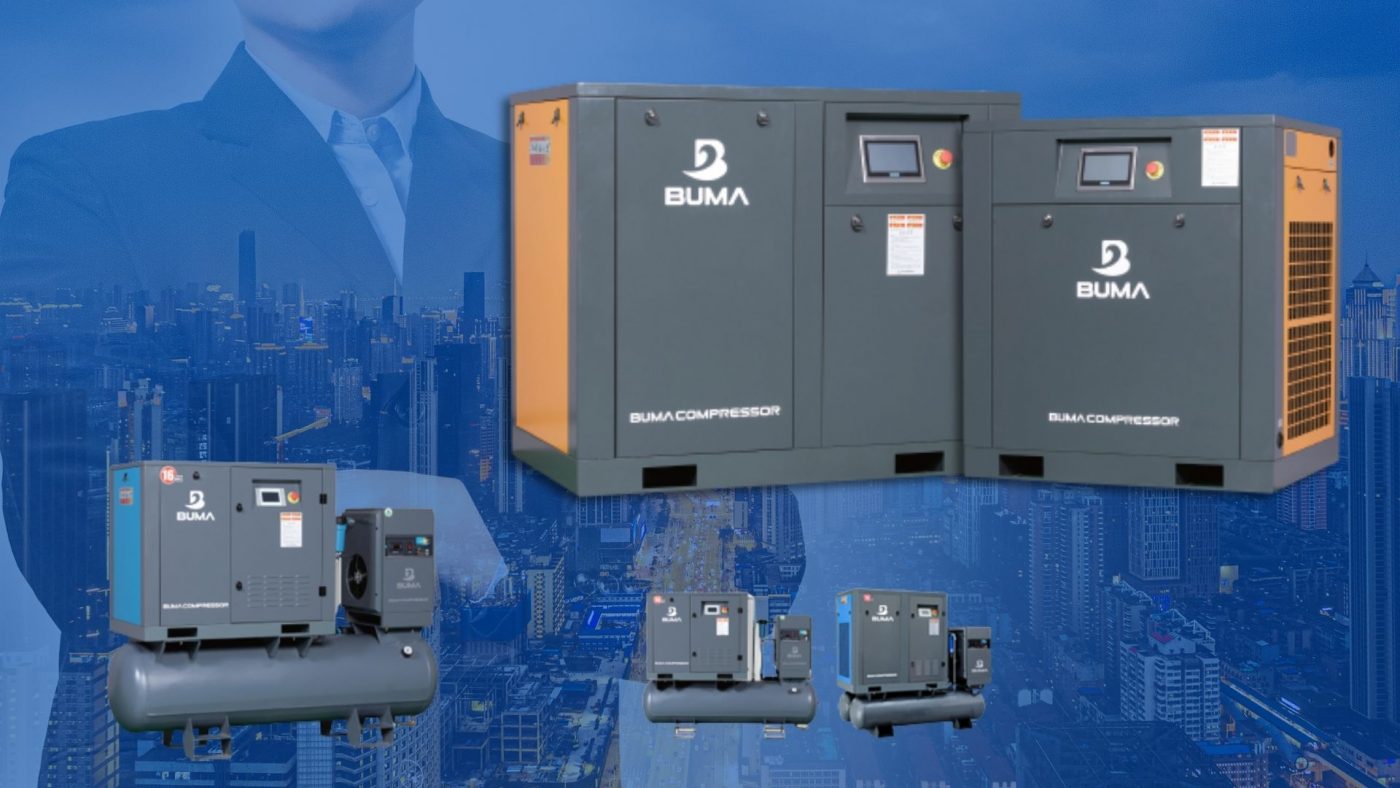
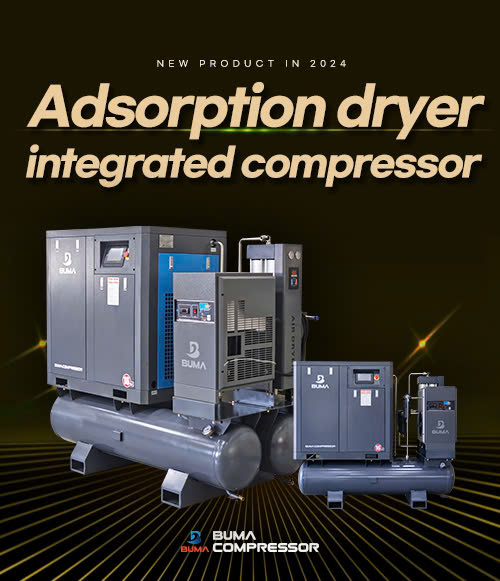
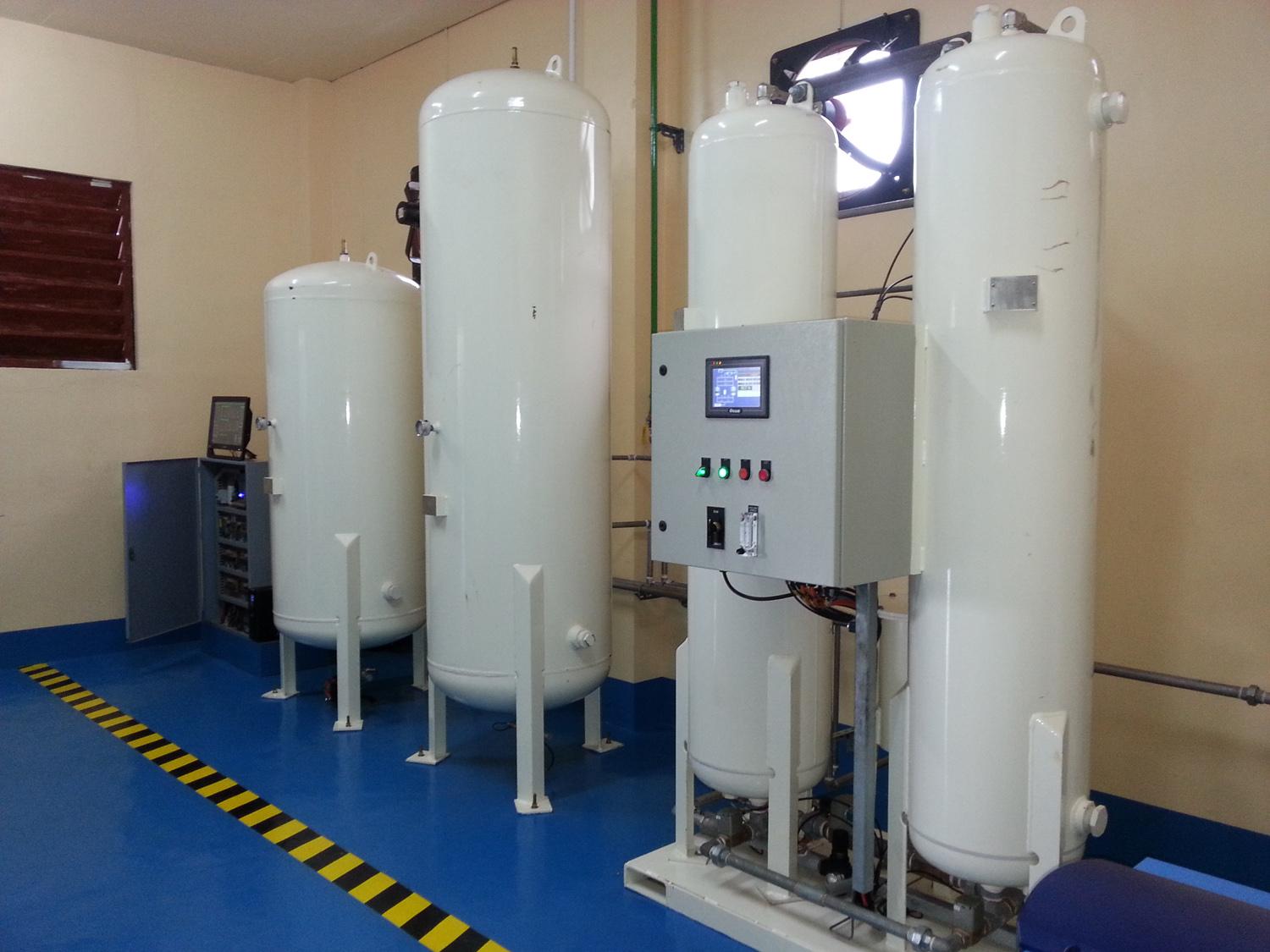
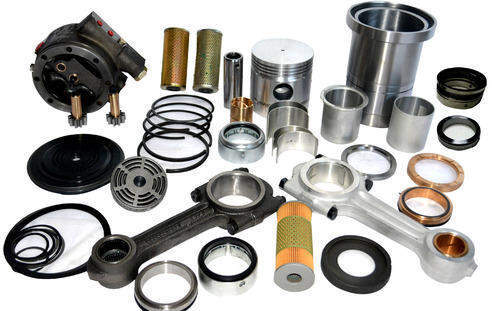
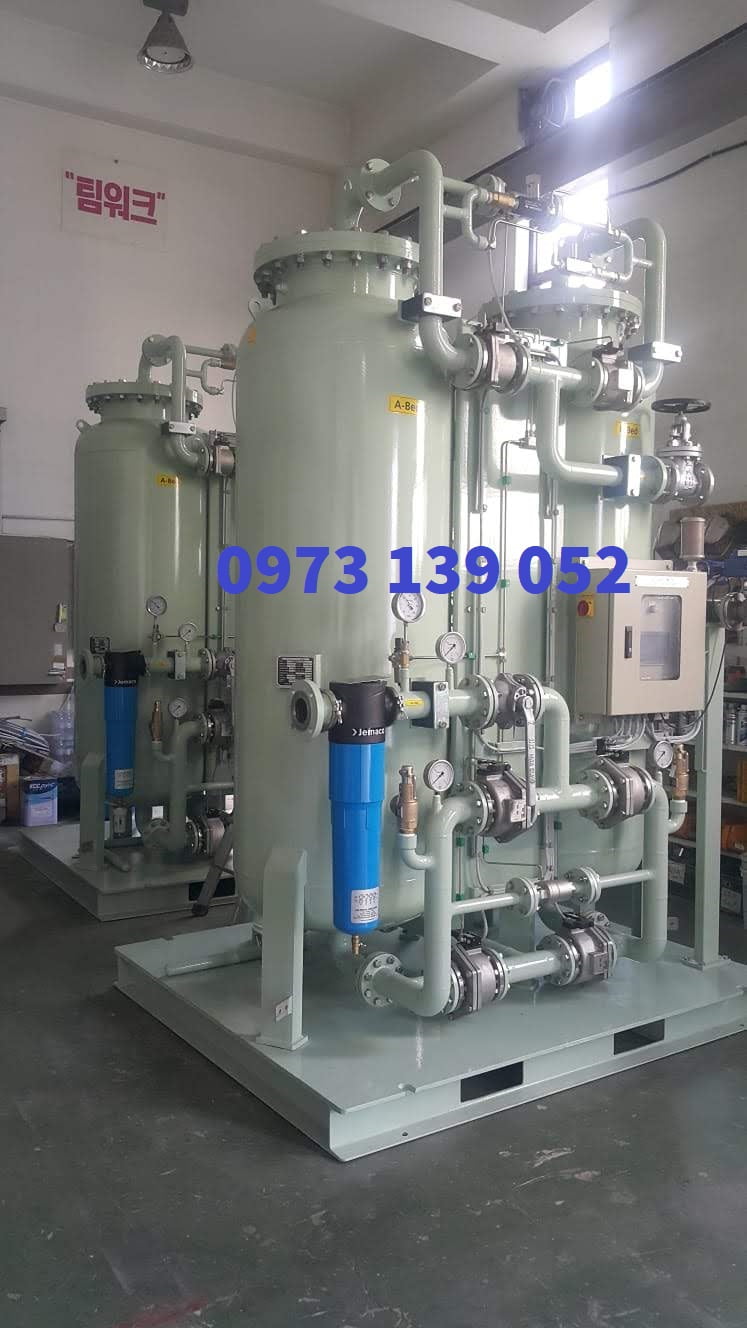

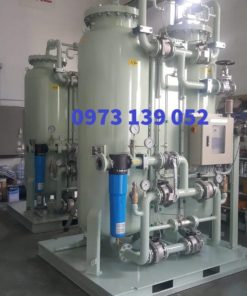
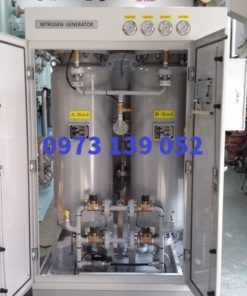

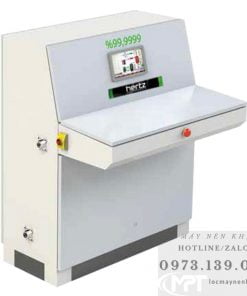
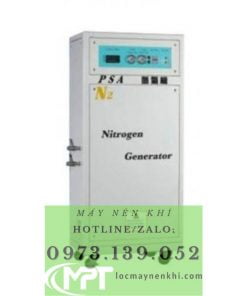
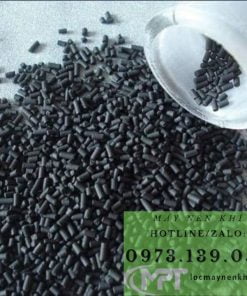
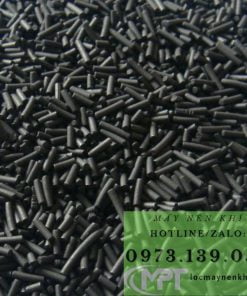
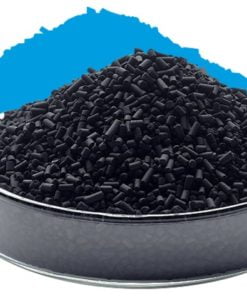
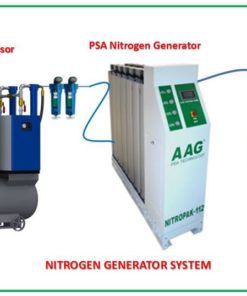


Đánh giá
Chưa có đánh giá nào.